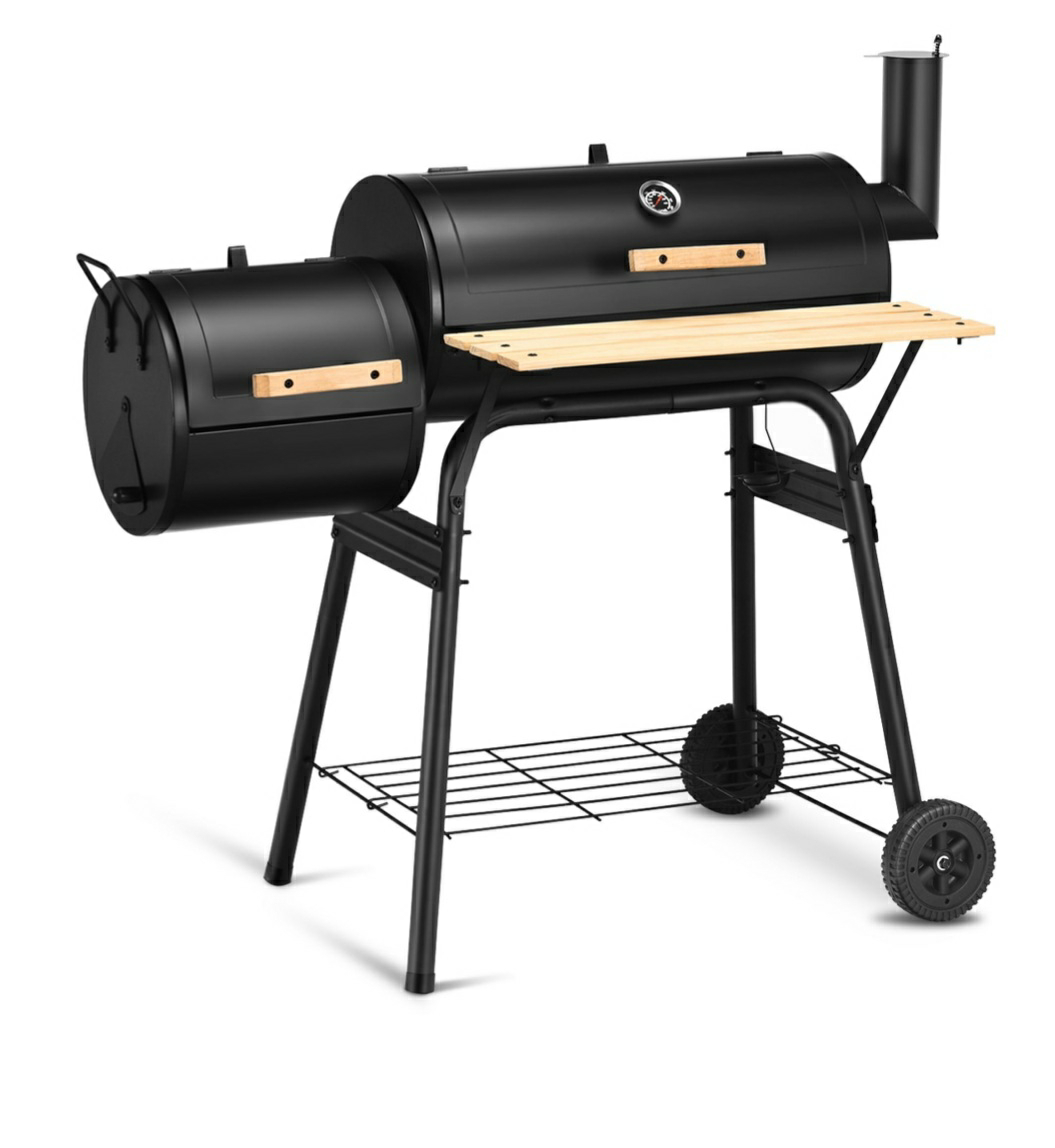Seen this magnet on Amazon. Would be nice to stick on the side of my Bradley Smoker.
I had an Off Set Smoker. Loved it! It is alot less expensive than the Electric Smoker. But heat control was less efficient then the Electric Smoker.
Smoking meat involves cooking it at low temperatures with indirect heat and wood smoke, resulting in tender, flavorful results. A successful smoke requires proper temperature control, wood selection, and an understanding of the "low and slow" cooking process.
Key Steps for Smoking Meat:
1. Prepare the Smoker:
Choose the right wood: Hickory, pecan, oak, cherry, maple, and apple are popular choices, each offering a unique flavor profile.
Prepare your smoker: Arrange coals (if using a charcoal smoker) on one side, and place a drip pan on the other.
Control the temperature: Aim for a stable temperature between 225°F and 275°F for most meats.
Maintain smoke: Use a light blue smoke, which indicates a clean burn and good flavor absorption.
2. Prepare the Meat:
Thaw completely: Ensure meat is fully thawed before smoking.
Season or marinate: Use dry rubs or marinades to enhance flavor.
Truss if necessary: Secure larger cuts with butcher's twine for even cooking.
3. Smoke the Meat:
Use indirect heat: Avoid placing meat directly over the heat source to prevent flare-ups and burning.
Monitor temperature and smoke: Use a meat thermometer to track internal temperature and observe smoke color.
Add wood chips or chunks: Soak wood chips before adding them to the smoker to prevent them from burning too quickly.
4. Rest the Meat:
Allow for carryover cooking: Let the meat rest after smoking to allow the internal temperature to rise and redistribute juices.
Resting time varies: Resting times can range from 10 minutes to an hour or more, depending on the cut of meat and cooking time.
5. Food Safety:
Cook to a safe internal temperature: Use a meat thermometer to ensure meat reaches safe temperatures (e.g., 145°F for beef and pork, 165°F for poultry).
Avoid the "danger zone": Keep food out of the 40°F to 140°F temperature range for extended periods.
Tips for Success:
Use a meat thermometer: Essential for monitoring internal temperature and ensuring food safety.
Maintain a consistent temperature: Fluctuations can lead to uneven cooking and dry meat.
Be patient: Smoking is a low and slow process, so don't rush it.
Experiment with wood types: Try different wood combinations to find your preferred flavor profiles.
Don't over-smoke: Excessive smoke can result in bitter flavors.
Let the meat rest: This is crucial for juicy, tender results.



No comments:
Post a Comment